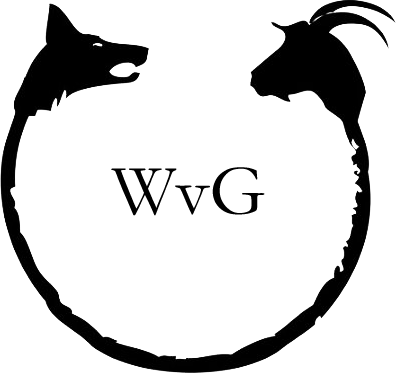Perhaps you've seen a friend's pair of jeans fade from black to blue and wondered what happened. Or maybe you've seen the terms “overdye,” “overdyed,” or “overdyeing” while cruising the interweb for fashion knowledge. In one way or another, there's a good chance that “overdyeing” or some form of it has made its way into your life but maybe not into your vocabulary. Kind of like the word “perfunctory.” (Note: give this post more than just a perfunctory read) Well today that ends...
Overdyeing is a form of dyeing, a general term for the industrial process of adding color to fiber, yarn, fabric, or garments.
And perhaps the most well-known and ubiquitous application of dyeing is with respect to denim in the manufacturing of jeans.
Denim is the result of a yarn dyed process that begins before the fabric is even woven. Instead, the first step in the process is to indigo dye the individual yarns of the cotton, twill textile (the foundation of denim). And after these yarns are dyed, they are then woven into the fabric that we know as denim. Because denim undergoes yarn dyeing prior to being woven into fabric, denim is known as a yarn dyed garment.
The three primary forms of yarn dyeing are:
1) Rope dyeing, the most popular and color consistent method in which a group of undyed yarns are twisted together and dyed as a single unit, called a rope.

2) Slasher dyeing, in which the individual yarns are separated and placed parallel to one-another across a cylinder or beam, with each moving through the dye process individually.
3) Loop dyeing, which is similar to rope dying, except for the fact that instead of six or eight indigo baths, there is only one, meaning that the whole process must be repeated multiple times to increase the depth of the color of the finished denim.
However, dyeing, while simple in theory, is very complex and includes more than just yarn dyeing.In fact, depending on the dyes used and the method of dyeing, denim can have castes ranging from black to yellow.
One of these “other” dyeing methods is “overdyeing.”
However, overdyeing and yarn dyeing are not mutually exclusive. In fact, overdyeing is a complement to, not a substitute for, yarn dyeing and occurs after the traditional yarn dyeing process. In overdyeing, either the fabric is dyed for an additional length of time, or is dyed more than once with one or more colors applied to the garment to create a different shade or cast or to create a unique tint. The process also allows a second coat of dye to be added in specific locations, or uniformly, to achieve a certain effect and spice up the fading process.
Overdyeing is also frequently used in shirting. In this application of the term, overdye refers to fabric that is dyed for an additional length of time, also with the intent of creating a unique tint or different shade.
So, we hope that next time you come across the term “overdye,” you'll know what it means and appreciate the time and care that goes into creating these garments.

